Researchers at Yale University have for the first time showed that it is possible to control the symptoms of Tourette Syndrome using functional magnetic resonance imaging (fMRI).
The researchers recruited twenty one 11 to 19 year-olds and used real-time fMRI neurofeedback (rt-fMRI-NF), a technology that lets patients monitor their own brain activity, to control the frequency of tics.
While rt-fMRI-NF is a relatively new technology, it seems to have the capability to significantly impact on neuropsychiatric conditions. Potentially, it may have long-lasting impacts on patients, which is something that has yet to be studied.

Discover The World's MOST COMPREHENSIVE Mental Health Assessment Platform
Efficiently assess your patients for 80+ possible conditions with a single dynamic, intuitive mental health assessment. As low as $12 per patient per year.
The research team measured the tic frequency of the volunteers on the Yale Global Tic Severity Scale, and during the study the participants were made to raise and lower their activation of the supplementary motor area, where Tourette Syndrome seems to arise. The volunteers could see the activity of this brain region in real-time via a scrolling graph on a computer screen.
This led to a substantial reduction in the tic frequency when the participants were trained in this exercise, compared with controls that had a similar experience but were not provided with neurofeedback.
Some details about the research from the study abstract in journal Biological Psychiatry:
Twenty-one adolescents with TS were enrolled in a double-blind, randomized, sham-controlled, crossover study involving two sessions of neurofeedback from their supplementary motor area (SMA). The primary outcome measure of tic severity was the Yale Global Tic Symptom Severity Scale (YGTSS) administered by an independent evaluator before and after each arm. The secondary outcome was control over the SMA assessed in neuroimaging scans where subjects were cued to increase/decrease activity in SMA without receiving feedback.
All 21 subjects completed both arms of the study and all assessments. Participants had significantly greater reduction of tics on the YGTSS scale after neurofeedback as compared to sham (p<0.05). Mean Total YGTSS score decreased from 25.2+4.6 at baseline to 19.9+5.7 at endpoint in neurofeedback and from 24.8+8.1 to 23.3+8.5 in sham. The 3.8-point difference is clinically meaningful and corresponds to an effect size of 0.59. However, there were no differences in changes on the secondary measure of control over the SMA.

